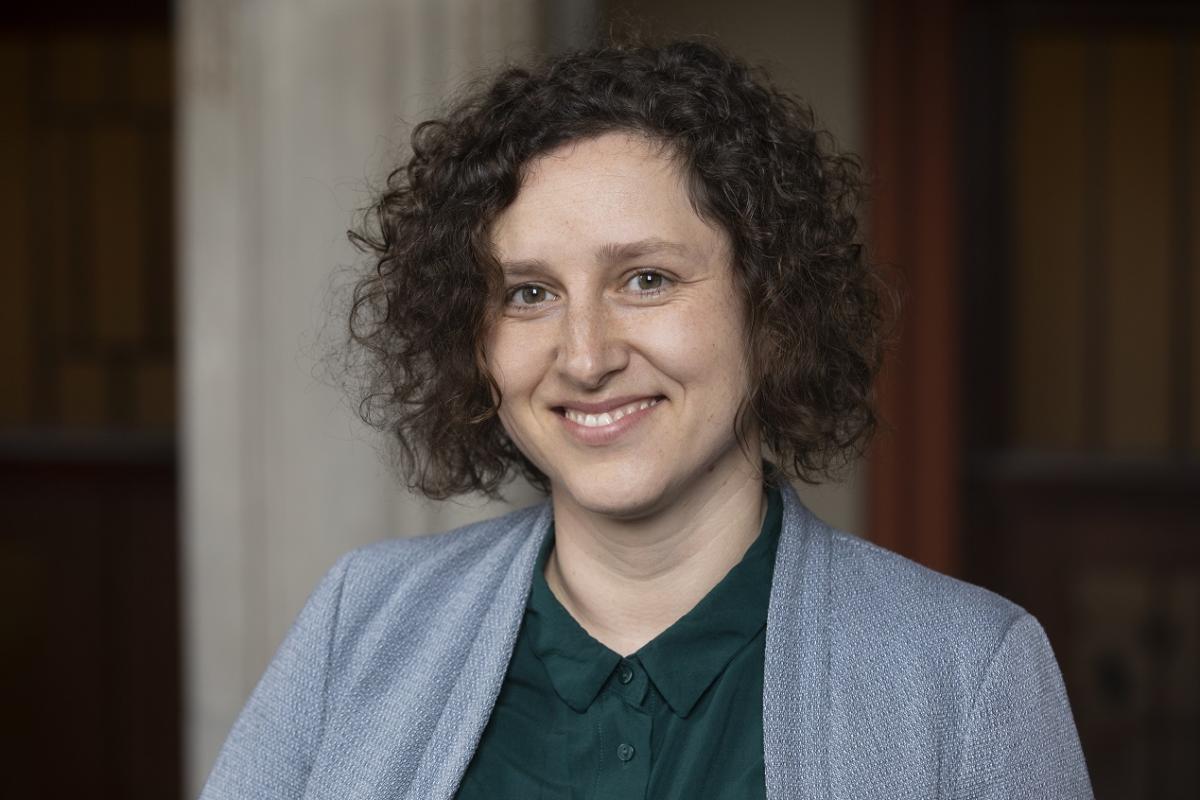Please introduce yourself and your position at the museum.
My name is Selina Schultze, I am an architect and have been working at the museum since the end of 2016.
What is your role in shaping the Future Plan?
Over the next ten years, we will develop a science campus for nature and society in Invalidenstraße. The master plan for the implementation of the Future Plan, which has been developed in recent months, forms the basis for an architectural competition. Since the end of 2019, there has been a building department at the museum that is responsible for implementing the Future Plan. I am in charge of this.
One result of the master plan was the realisation that we cannot accommodate the collection in the building on Invalidenstraße. That's why last year, in consultation with the collections department, I pushed ahead with the development of a second location in Adlershof.
In 2020, we completed the master planning and, at the same time, started to check the plausibility of the space and update the programme of requirements. We are currently preparing the architectural competition. We are talking about function diagrams, design texts, how the functions must be linked, which areas are related to them, how large the areas and the technical equipment are. This has to be put together into an overall concept so that the architects who apply also get an understanding of the museum and can make a meaningful contribution.
What opportunities do you see in the implementation of the Future Plan for the museum and for the society?
One challenge is to bring the monument into the 21st century. We have a high technical standard that we want to implement without destroying the monument itself or the sight of the monument.
The programme of requirements and thus the structural implementation will also include the aspect of sustainability.
We decided relatively early on in discussions with the Senate Administration that we not only want to be hot for nature, but also sustainable. To this end, we drew up a target agreement last year with an external sustainability coordinator and adopted it with the Senate Department's compliance auditor.
Please describe your vision for the museum in the year 2030.
It is an open, barrier-free museum that offers space for communication in the museum and on the science campus. The collection and research have optimal conditions. It is a meeting place where people like to come together.
We have carried out and certified the construction measures in a sustainable manner, and the museum has also adopted the sustainability aspect in its organisation.
We implemented the construction measures in BIM, and are able to operate the property just as sustainably. The building fabric was recorded using laser scanning techniques and the actual state of 2021 was recorded. The "historical windows" that are still visible behind the scenes and the path to the present can be experienced digitally by interested parties.
The interview was conducted by Dr. Gesine Steiner, press officer.
Date: 20 April 2021
Here you can find further interviews that were conducted as part of the Future Plan.
